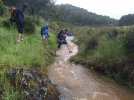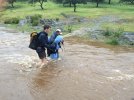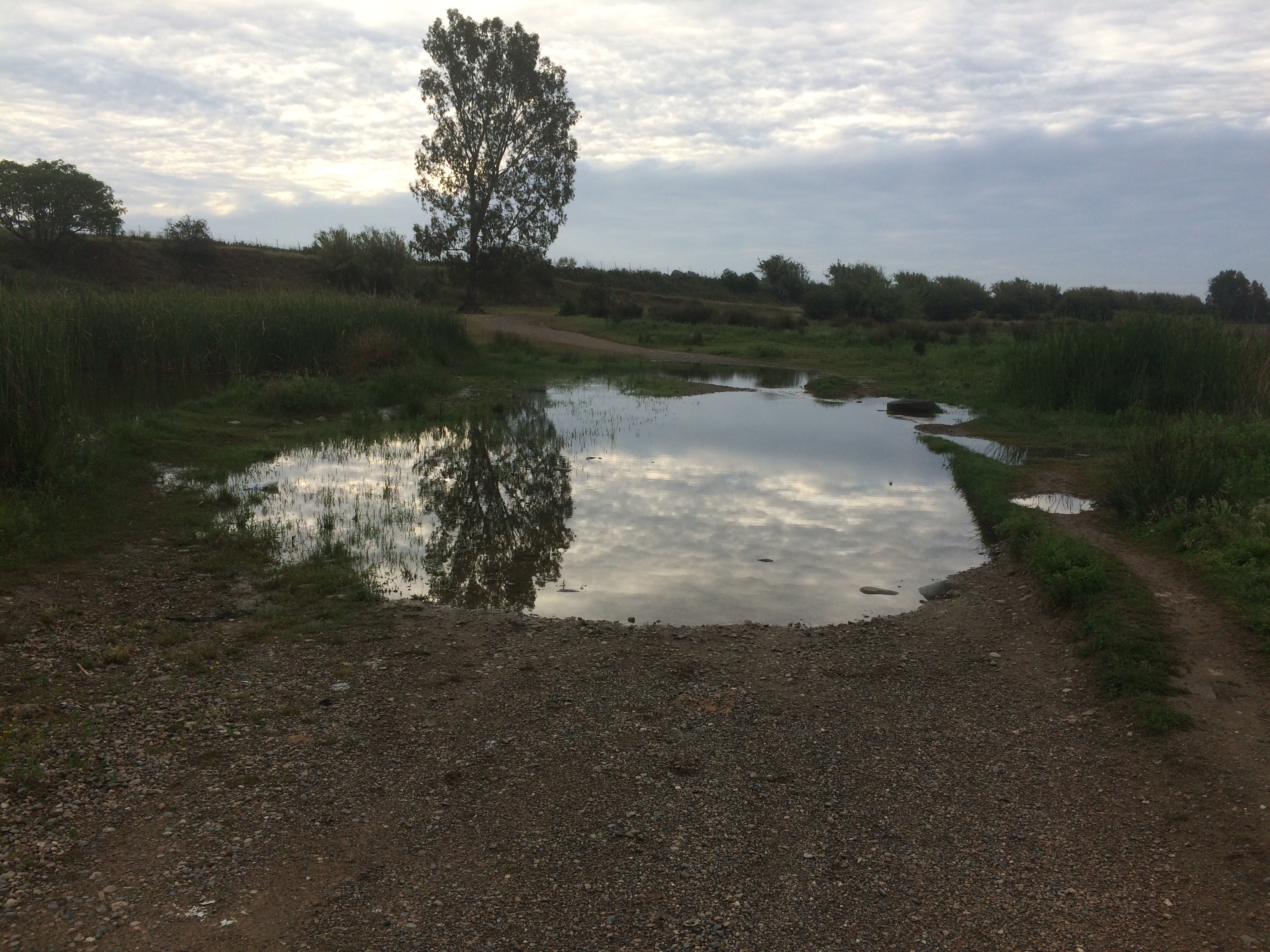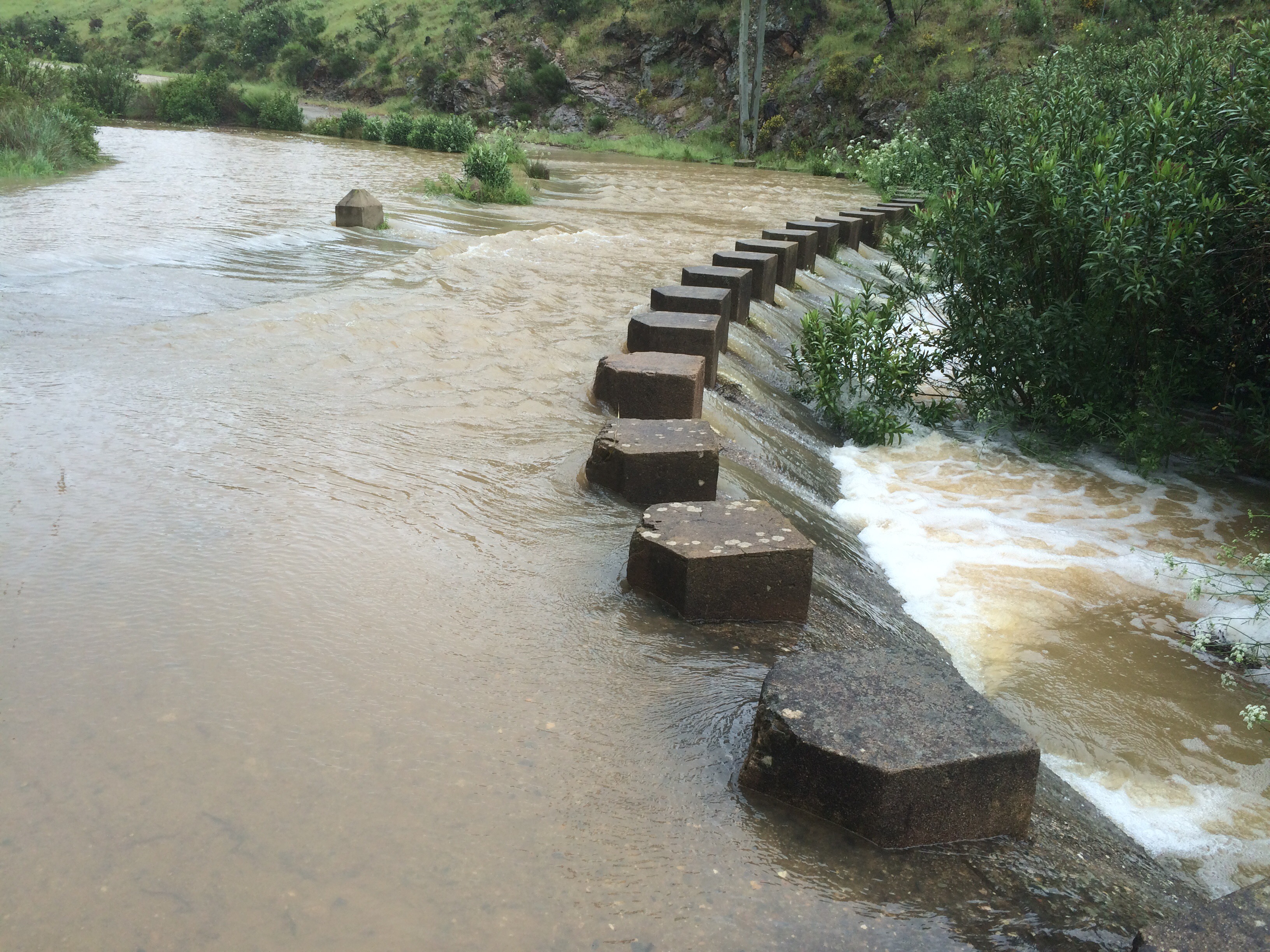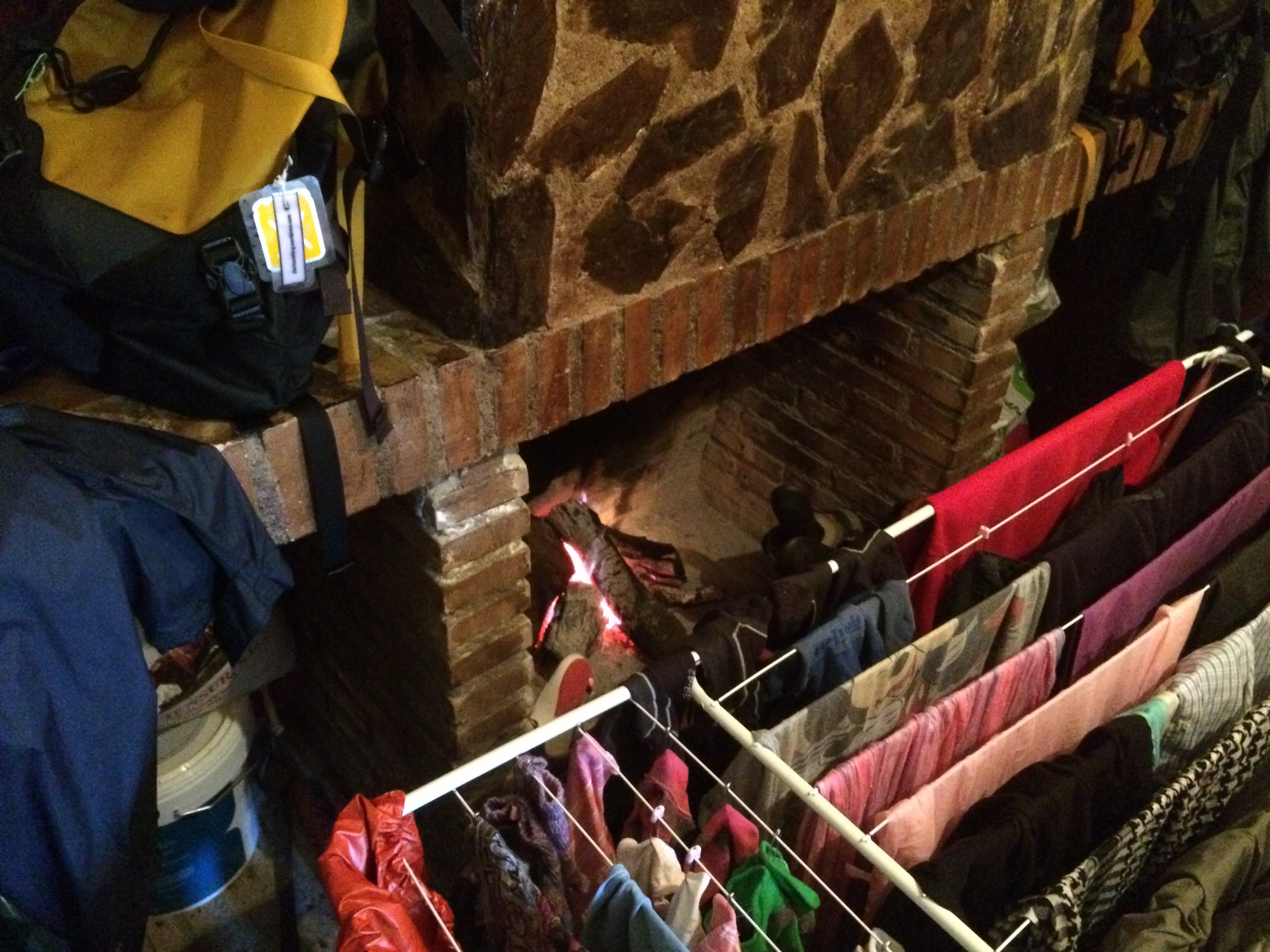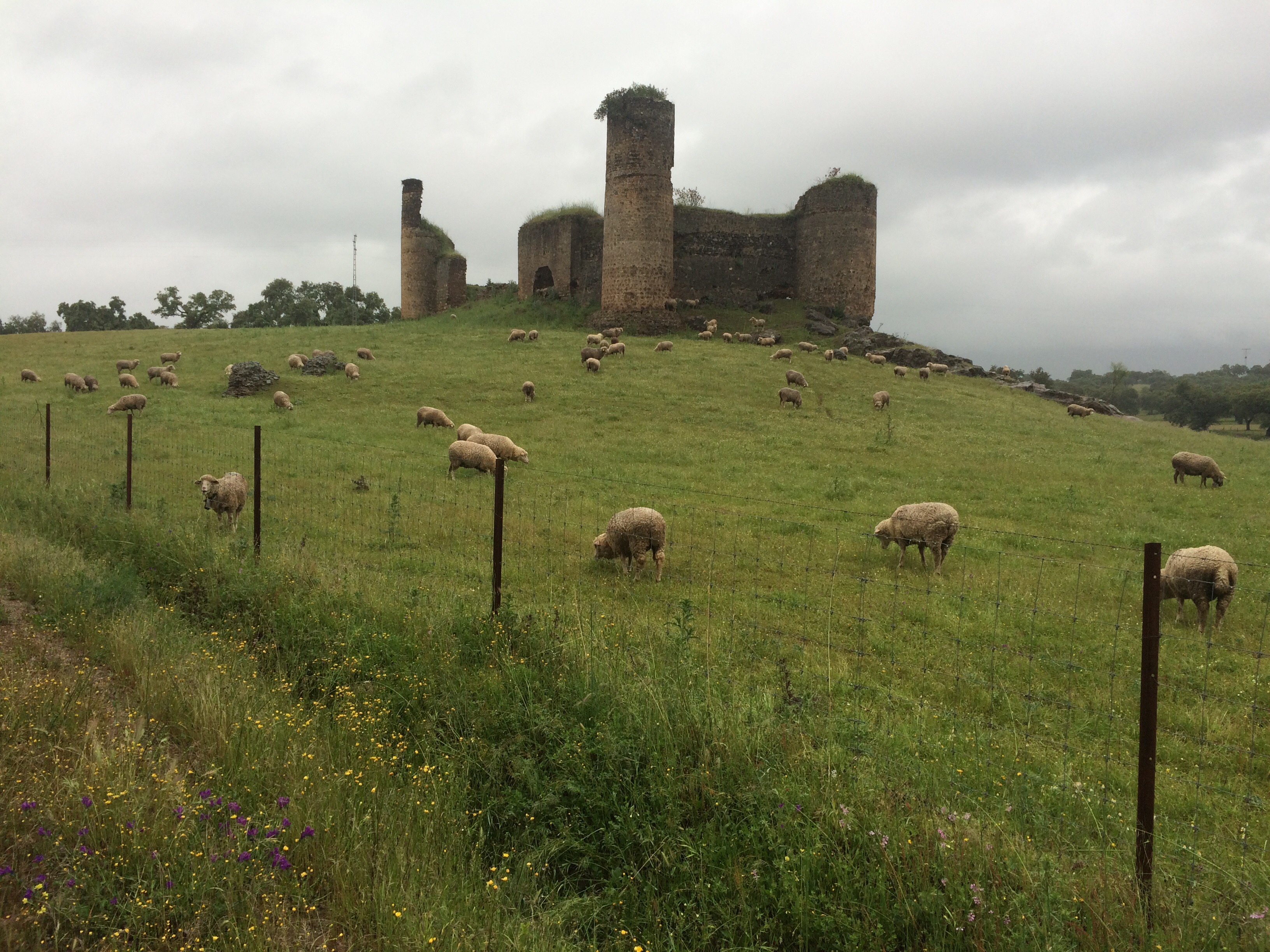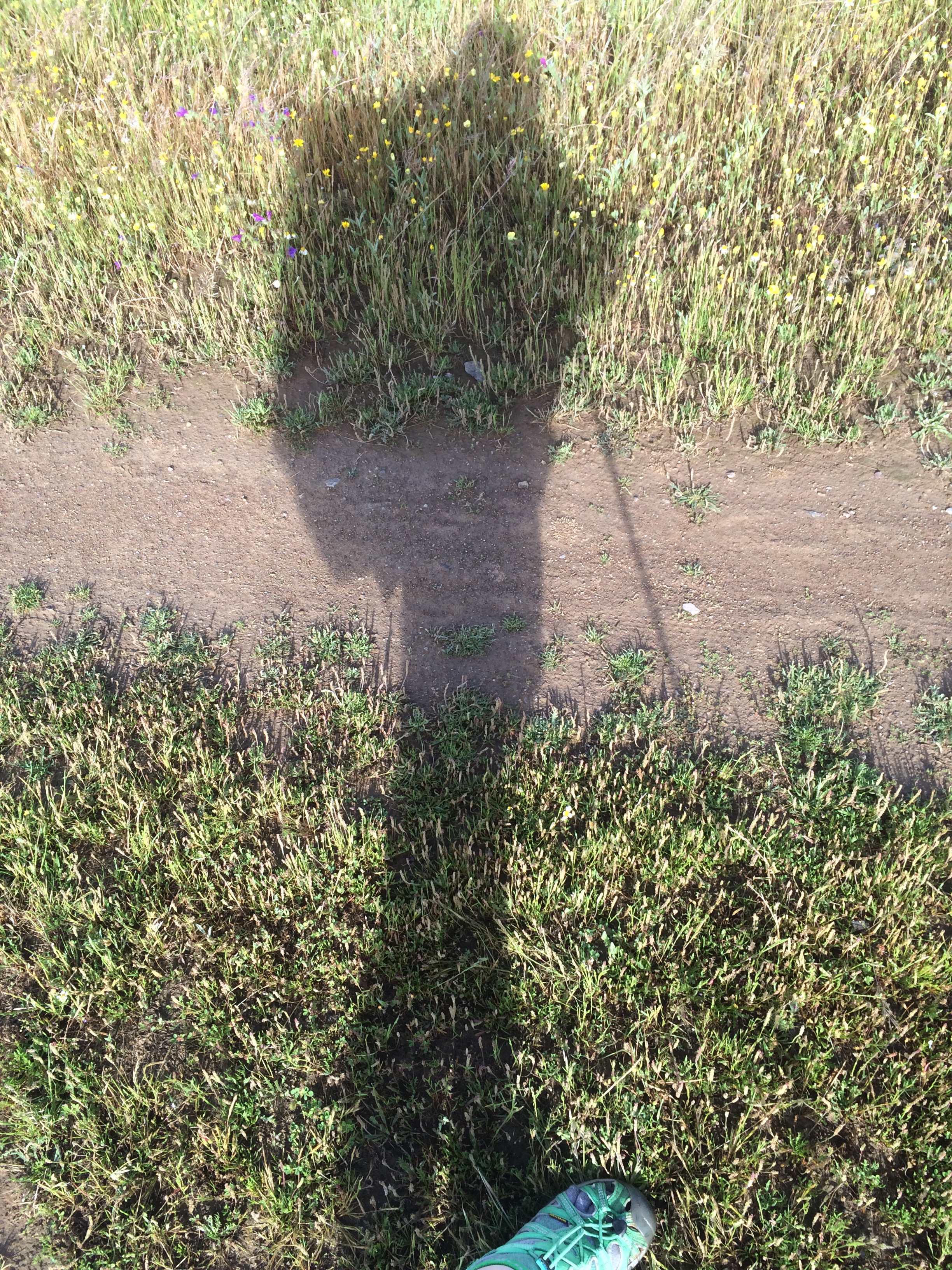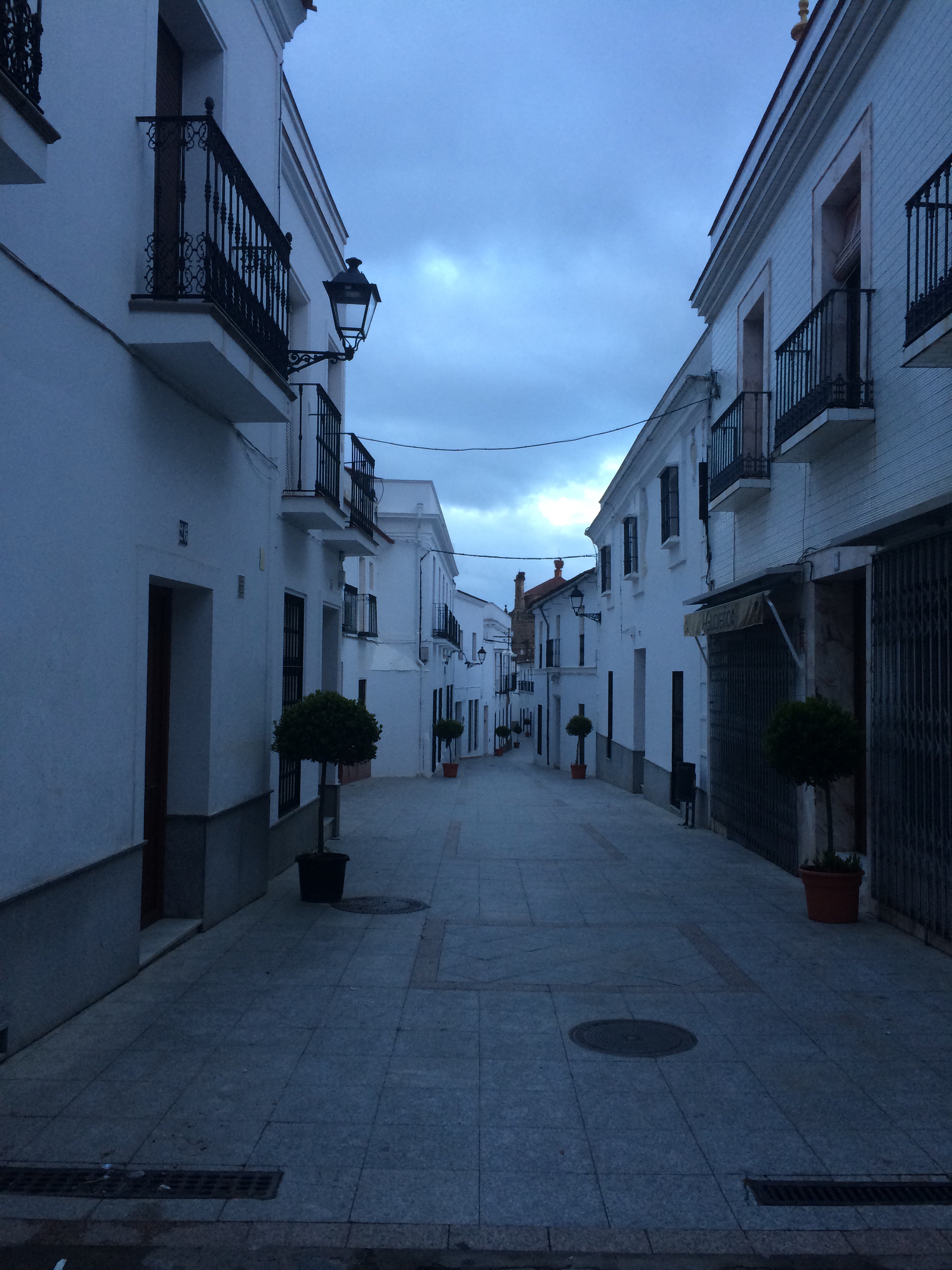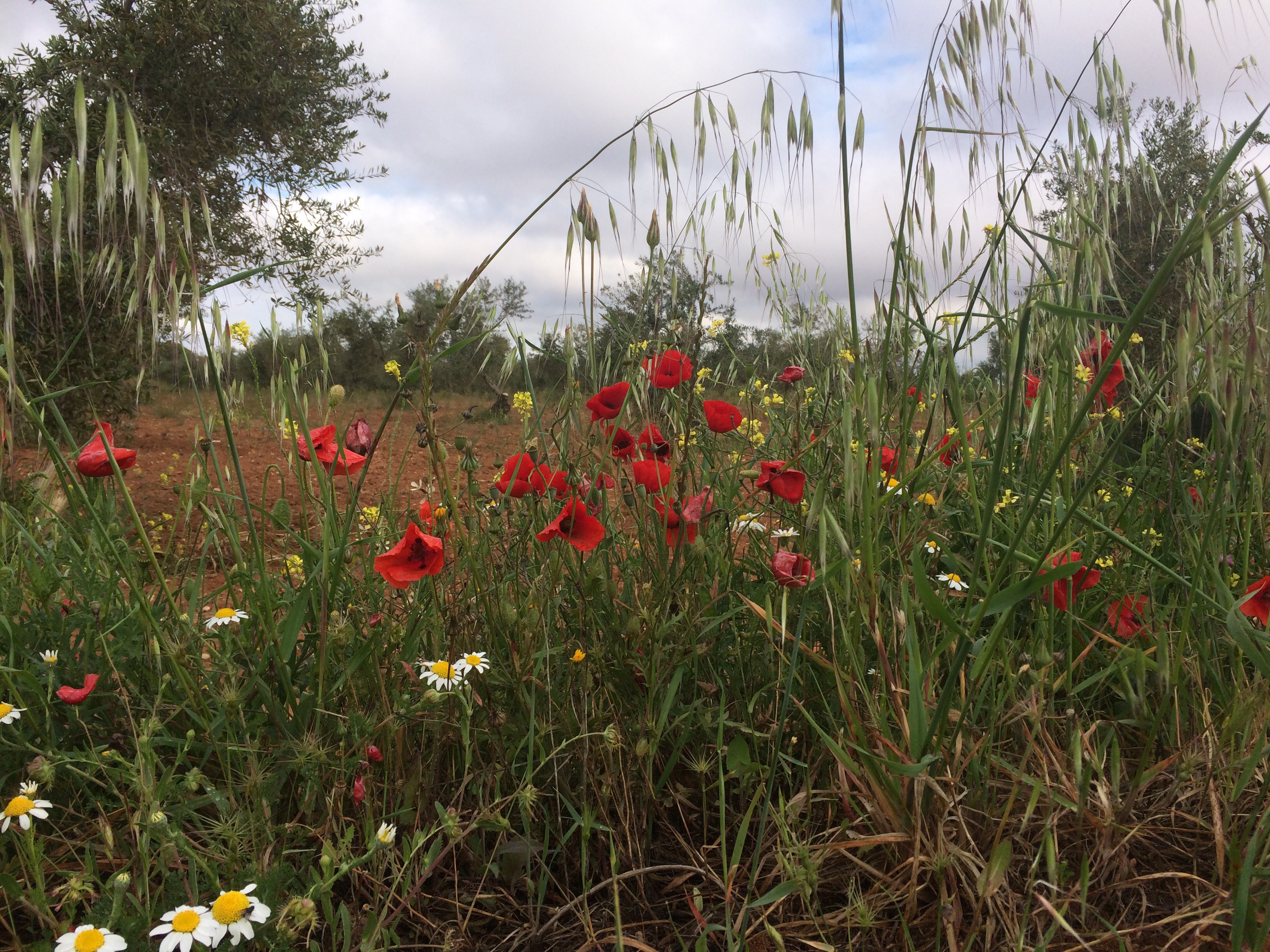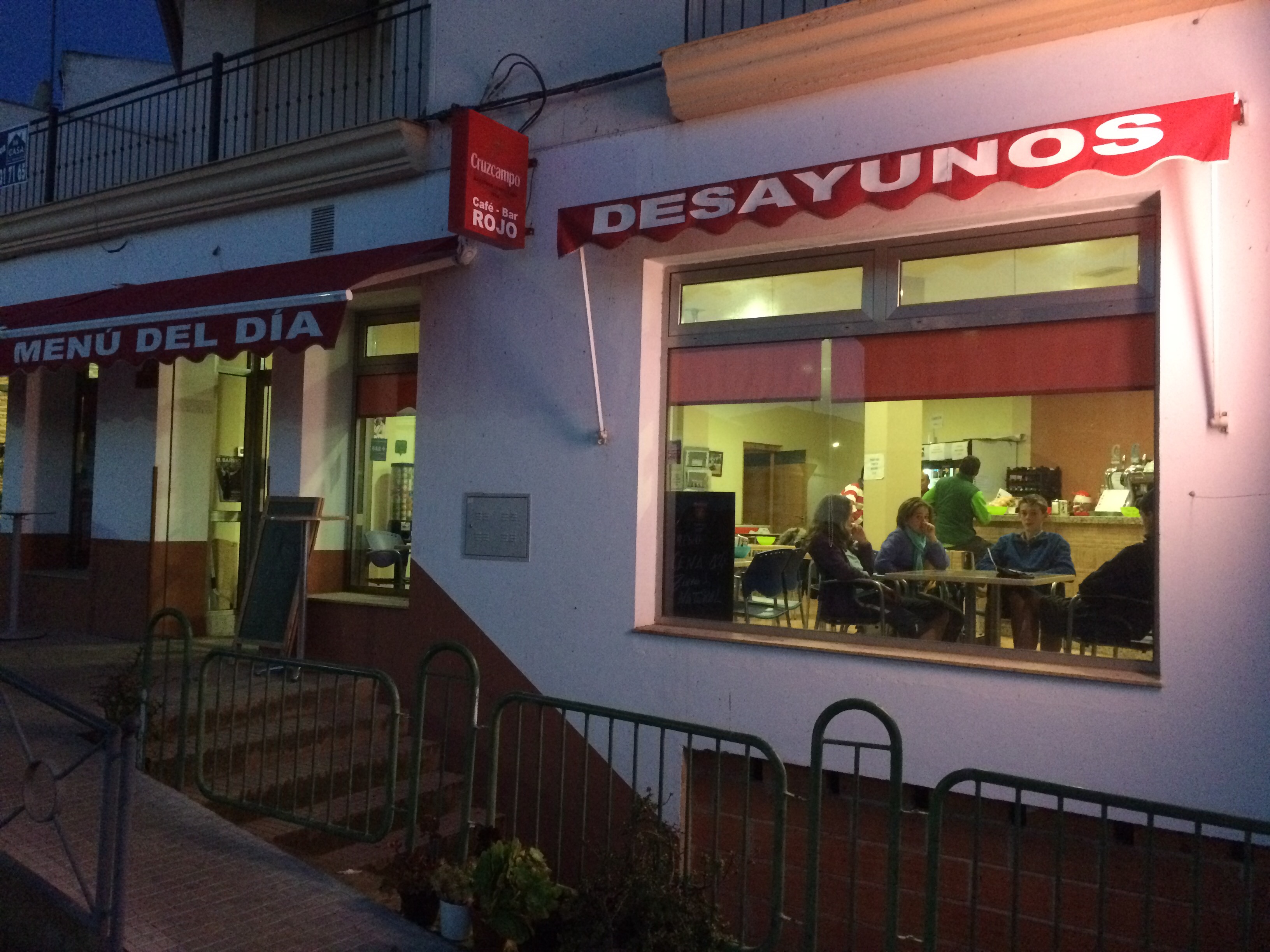- Time of past OR future Camino
- Most years since 2012
I am starting a new thread based on @kelleymac 's post in another thread here, so I can tag it with "hazards." It seems like good information that we might want to refer back to during future discussions. It is rarely necessary to cross hazardous streams on the Camino, especially the popular routes, but very occasionally the need might arise. The article posted by @kelleymac below is worth reading.
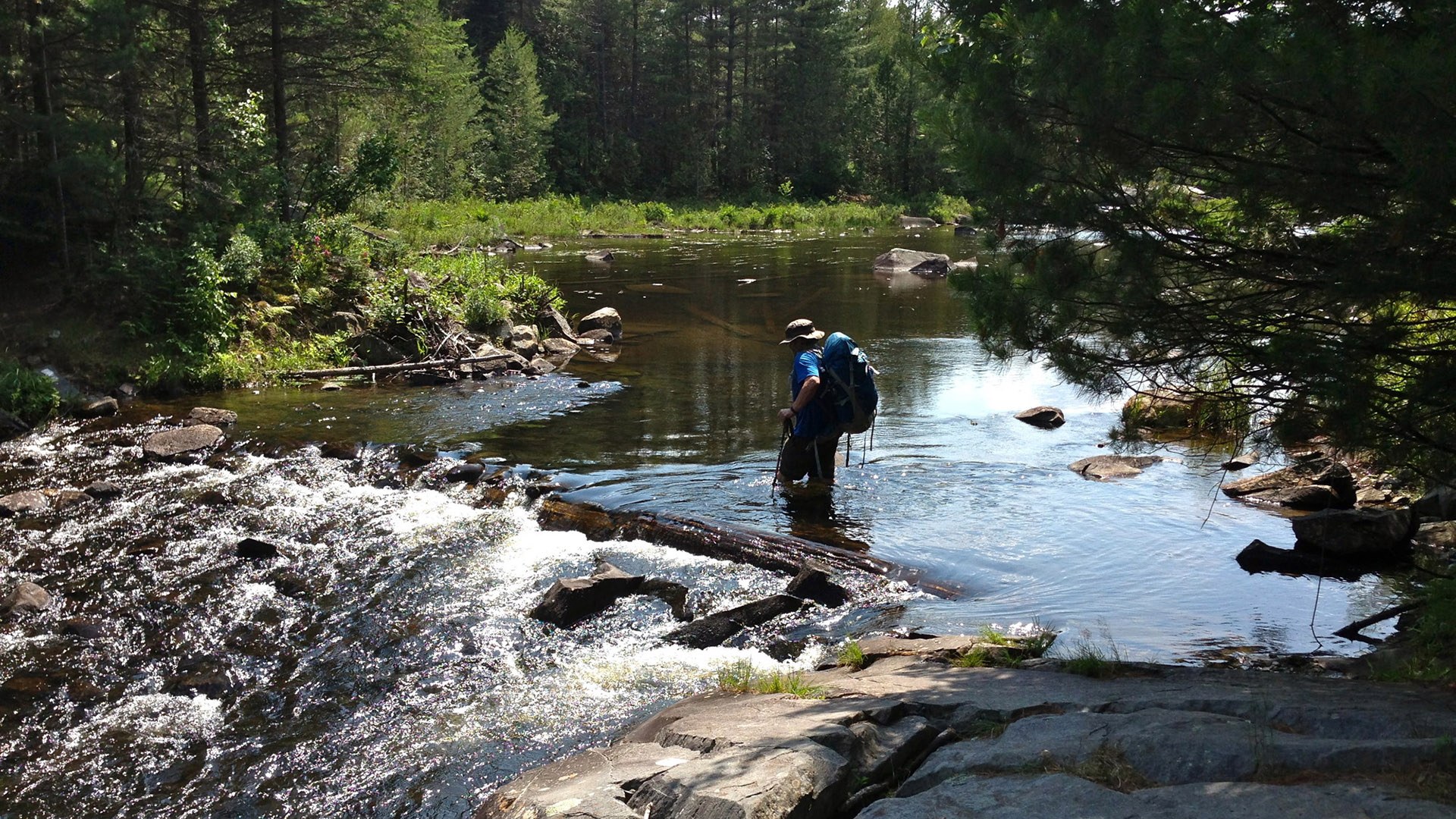
 appalachiantrail.org
appalachiantrail.org
I'd like to remind everyone that we, pilgrims, who are walking through do not know the local creeks and streams well. Water is stronger than we are.
I started to write out how I would cross safely with my scouts, but found this article by the Appalachian Trail. They write out safety guidelines better than I could. It's a short read and worthwhile information about backpacking and crossing water.

River and Stream Crossings | Appalachian Trail Conservancy
Fording streams and rivers may be the most dangerous challenge hikers confront. River crossings can be deceptively hazardous. Even a very shallow, swiftly flowing body of water can pack enough force to knock you off your feet. Use caution and common sense. Carry a map and compass and know how to...





